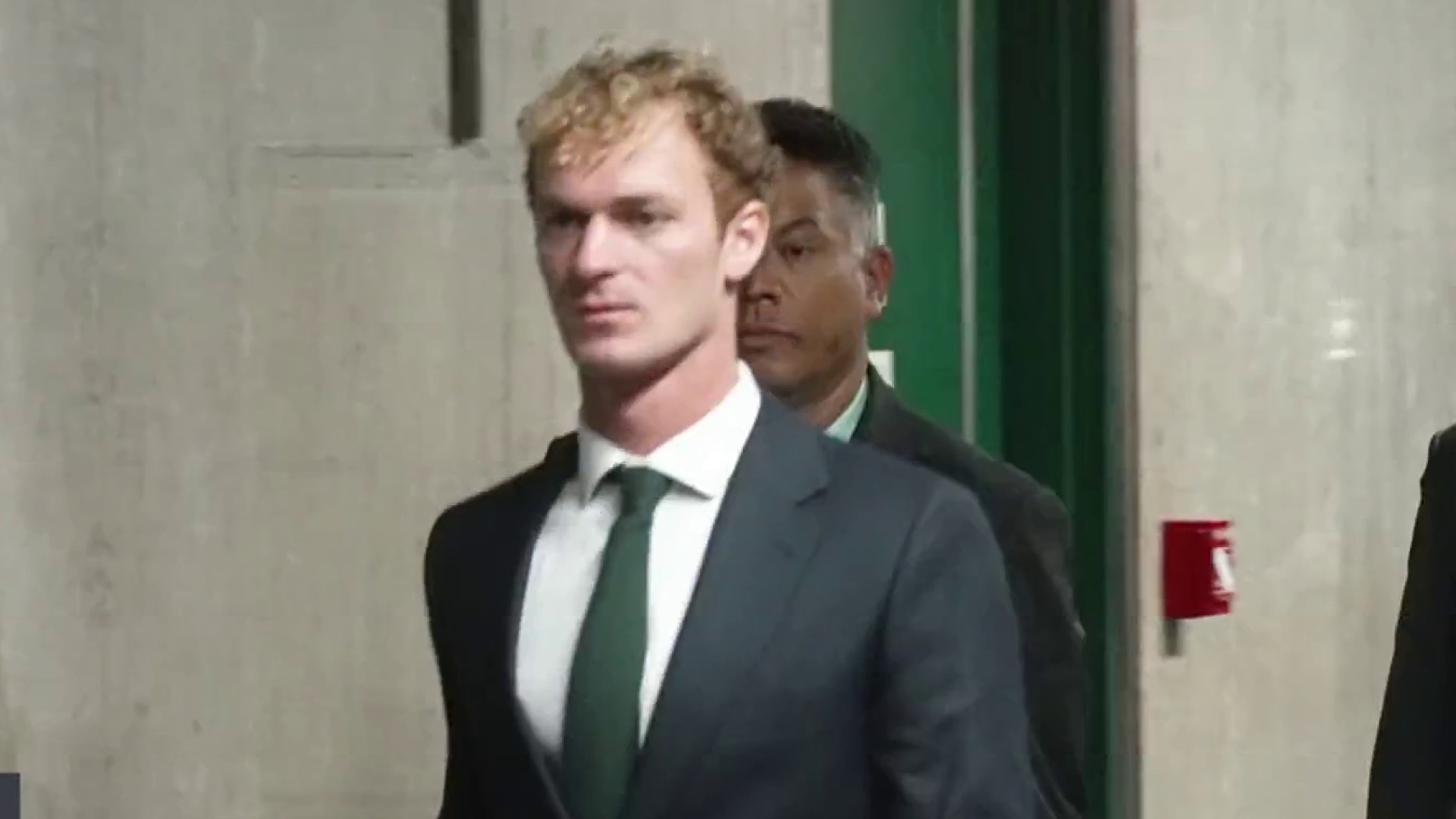More than 200 years after local lore says a settler named Hugh White bested an Oneida Indian in a friendly wrestling match, he's still grappling with his opponent - at least on an upstate New York village's newly revised official seal.
Whitesboro found itself making national news in early 2016 when it held a public vote on whether to change the village seal, which depicted a white man besting a Native American in a hand-to-hand struggle. Some considered the image racist and insensitive, and an online petition to get the seal changed led to the non-binding vote, which ended with 157 residents voting to leave the seal alone, out of 212 votes cast.
But after the vote, village officials said they would change the seal, which appeared to show white man choking his Indian opponent. The newly released seal, designed by a student at an art school in nearby Utica, features better graphics but still depicts a white man - village founder White - going head-to-head in a wrestling stance with an Oneida, albeit one who's clothing and headdress are more historically correct than the bare-chested, buckskin breeches-wearing Indian in the old seal.
"We didn't have a problem with the wrestling match" theme remaining in the new seal, Dana Nimey-Olney, clerk and registrar for the village, said Wednesday.
According to local historians, in the late 1700s White settled the village that would bear his name and established good relations with the local Oneida tribe. When one of the Indians challenged him to a friendly wrestling match, White threw and pinned his opponent, according to the village's website.
"It was now they became friendly," Nimey-Olney said. "They wanted each other's respect through things like this wrestling match."
The new seal has been placed on village vehicles, signs and buildings.
Local
The January 2016 vote to keep the traditional seal caught the attention of Comedy Central's "The Daily Show," which mocked the vote's outcome in a segment on the controversy. Other media outlets covered the issue, bringing national attention to the village of 3,600 that's located 80 miles (129 kilometers) northwest of Albany.
It wasn't the first time someone sought to change the seal. According to the Observer-Dispatch, a newspaper in nearby Utica, the village was sued over the seal by a Native American group in 1977. The village altered the seal slightly, but kept the wrestling image intact.
Village officials said last year that they would work with the Oneida Indian Nation to come up with a new design for the seal. Joel Barkin, a spokesman for the Oneidas, said nation officials had no comment on the new seal.



